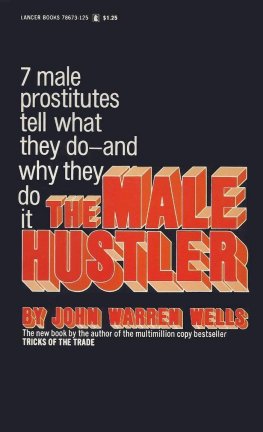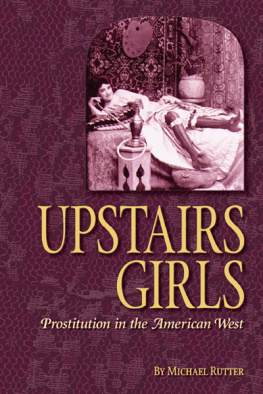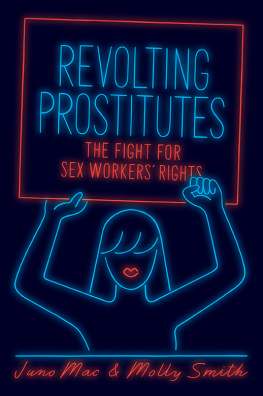Prostitution, in one form or another, has existed throughout recorded history; indeed one of the most salient aspects of prostitution is the tenacity with which it has persisted. Deeply rooted in social, economic and political life, prostitution has shown itself to be adaptable to any wider changes in society - religious, legal and moral - and, relatively impervious to control. Historically, prostitutes have been praised, tolerated or vilified; attitudes to prostitution have varied between those who see it as a beneficial and socially essential function which provides the lonely and perverse with a sexual outlet, to those moral crusaders who view prostitutes as immoral social parasites and their profession as a hideously degrading and intolerable social evil that should be suppressed.
Prostitution attracts plenty of cliches - it is called the oldest profession. All sorts of assumptions are made about it, all kinds of myths surround it and all manner of negative and highly derogatory connotations are attached to it. Given that prostitution is so widely condemned why, indeed how has it survived? The folk devil status of the prostitute is almost as old as the profession itself as is its categorization as a problem. So what is it about the activity and its participants, that is regarded as so odious, annoying, harmful, and immoral?
Much of the concern over prostitution is due to it being regarded as a moral problem and a vice which is either anti-social or in some way bothersome to others. However, the criteria for judging societys ills are candidly moralistic; what emerges as a social problem, who emerges as a deviant, is subject to a variety of forces, including group interests, conflicts and value judgements (Waller, 1936), particularly the definition of an individual or condition as good or evil or some other evaluative dualism. The problem with prostitution is that it is seen as more than just a social problem; its very existence seems to denote some sort of moral failing, either of the individual or of society as a whole. Yet, it is always the female prostitute who is condemned and castigated as some sort of immoral outcast; always the behaviour of women which is persecuted and always the morality (and immorality) of women towards which efforts are directed to redeem, reform and punish. Historically, a far stricter morality has been imposed upon women than men (Banks, 1964:107); a deeply rooted double standard has decreed that sexual promiscuity (fornication and adultery) is essentially a natural male prerogative, moreover, it is exclusively a male prerogative.
Central perhaps to an understanding of the institution of female prostitution is the premise of female subordination and the innate inferiority of women which was enshrined in most pre-Christian cultures and has been continually repeated and elaborated throughout the centuries. The premise of female subordination limited a womans role and function; it defined their essential nature and the proper use of their bodies. Women were largely seen as a separate category of being - valued less than men, subordinate to men and defined only by their relationships to men. Moreover, women were defined and categorised primarily by their sexual activity and connections with men. Accordingly, women were divided into two separate and distinct spheres: the wife, good, proper and respectable, and the whore, bad, improper and inferior. In short, in early cultures men restricted the wife and regulated the prostitute. However, whilst prostitutes were outcasts, marginalised and deplored, little stigma was attached to the men who bought sex from these women.
Prostitution has always been regarded as








